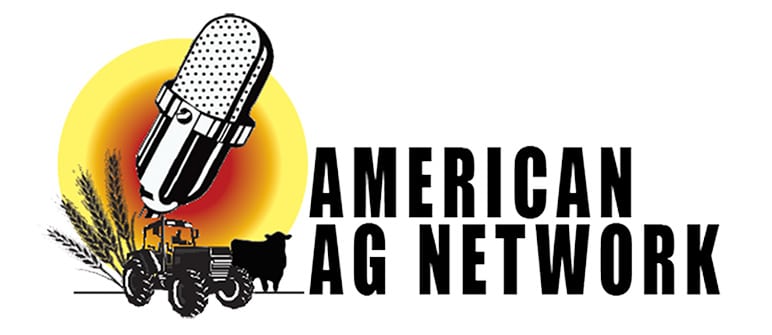WASHINGTON, April 24, 2024—Michael Dykes, D.V.M., president and CEO of the International Dairy Foods Association (IDFA), issued a statement today applauding the U.S. Department of Agriculture’s (USDA) final rule updating the meal patterns for the National School Lunch Program (NSLP) and the School Breakfast Program (SBP). The updated rule preserves the ability for schools across the country to serve nutritious flavored milk to students in all grades as long as the product meets IDFA’s Healthy School Milk Commitment guidelines, which ensures an 8-ounce half-pint of non-fat or low-fat flavored milk contains no more than 10 grams of added sugar per serving. IDFA established the Commitment in early 2023 with 37 school milk processors. Today, the average added sugar level is 7.5 grams per serving for flavored milk in schools, well below the USDA threshold. Dr. Dykes said the following:
“School meals are a nutrition lifeline for millions of children across the United States. The final meal pattern rules released today by USDA will expand dairy options that appeal to children by providing a variety of healthy, nutritious, and delicious dairy options that meet the needs of kids of all backgrounds. For example, approximately 70% of all milk consumed in school meals is flavored milk. By offering nutritious flavored milk options in grades K-12 consistent with IDFA’s Healthy School Milk Commitment, parents and school foodservice directors can have confidence that America’s students will get the same essential nutrients with fewer calories and less added sugars than ever before. Thanks to the leadership of America’s milk processors, flavored milk in schools today is fully consistent with the latest federal dietary guidelines. These options provide the same 13 essential nutrients as unflavored milk, reduce plate waste, and encourage greater meal participation. IDFA also commends the bipartisan Members of Congress who passed legislation earlier this year that required the Department to maintain flavored milk in school meals at all grade-levels as part of its final rule.
“Furthermore, IDFA was pleased that USDA’s rule re-emphasized lactose-free milk as an option in all reimbursable meals. Schools should offer lactose-free milk as a choice to all students, which would mark major progress for child health and nutrition equity in our school meals. Providing lactose-free milk, as well as other dairy products with low lactose content, will allow more school children, including those with lactose malabsorption or lactose intolerance, to choose a dairy option that meets their needs and provides all the same essential nutrients as traditional dairy.
“While IDFA had sought to exclude sodium used for food safety and functional purposes in cheese-making, IDFA appreciates USDA’s final rule maintaining current school meal sodium targets through School Year 2026-27 before adopting a more attainable, and permanent, school meal sodium target.
“Despite these positive developments for child nutrition, we are disappointed the USDA final rule released today sets an added sugar limit for yogurt that is out of step with the 2020-2025 Dietary Guidelines. The DGA is clear that added sugars may be used to increase the intake of nutrient-dense foods like yogurt. As an essential meat alternative for many children, consumption of yogurt has also been associated with higher diet quality in children, higher intake of multiple nutrients including calcium, potassium, magnesium, and vitamin D, and lower incidence of cardiovascular risk factors in adolescents, particularly total and excess abdominal body fat.
USDA also missed an opportunity to restore 2% and whole milk to school breakfast and lunch. A plethora of science demonstrates dairy fat is unique, unlike typical saturated fats, in delivering positive and neutral health outcomes to people across all demographics. IDFA will continue to work with policymakers and lawmakers to enact the Whole Milk for Healthy Kids Act (H.R. 1147/S. 1957).
“School breakfast and lunch are the healthiest meals of a child’s day because they provide a variety of nutritious foods and beverages including dairy, fruits, and vegetables. Dairy products provide 13 essential nutrients that children need for growth, development, healthy immune function, mental health, and overall wellness, yet most children do not consume enough dairy to meet federal dietary recommendations. The updates to school meal patterns announced by USDA today represent a step in the right direction to correct chronic underconsumption of dairy foods by America’s youth.”


